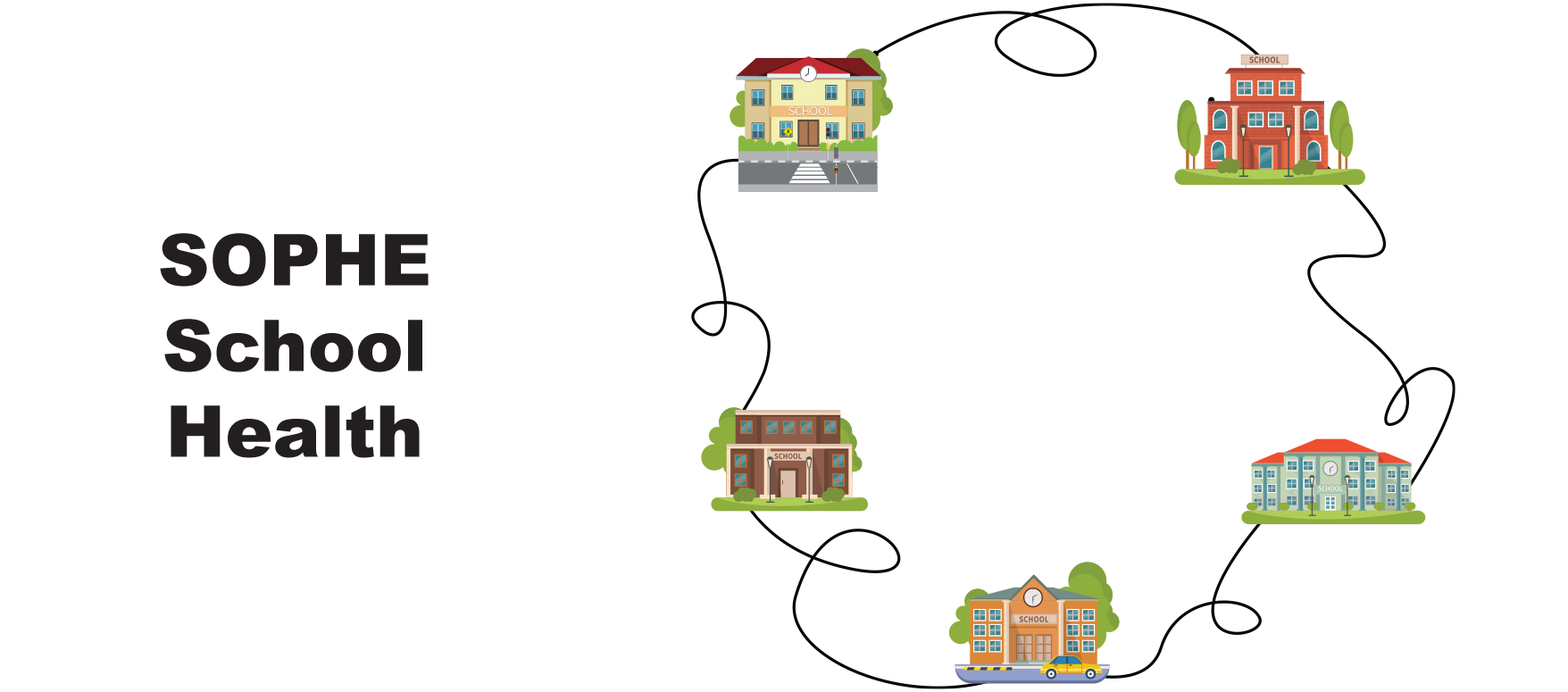
Focuses on Clear Health Goals and Related Behavior Outcomes
Description: This characteristic is foundational for an effective health education curriculum. The goal of health education is to help students adopt or maintain healthy behaviors.1 Given this charge, health goals, behaviors, or outcomes must be clearly defined, focused, and meaningful to students. Students need to know the healthy behaviors that are expected of them. The Centers for Disease Control and Prevention (CDC) have identified a list of healthy behavior outcomes (HBOs) for students in grades K–12 that align with nine health topic areas and help to promote health and prevent disease (HECAT Appendix 3).
Functional health knowledge and skills taught in health education should align and focus on addressing HBOs. Prioritizing and selecting HBOs should reflect developmental appropriateness and cultural inclusivity, as well as health-behavior data and trends from a variety of sources. For example, using the Youth Risk Behavior Survey, state and local education and health data, and input from key partners such as students, parents, and health professionals can inform HBO selection.
Across the health topic areas, each HBO is important, but there isn’t enough instructional time allotted to health education in most school districts to address all of them. Therefore, health curriculum coordinators and health teachers need to be selective when determining which HBOs to address in the district’s health education scope and sequence, unit plans, and curriculum lessons. HBOs are the starting place for every health education unit and lesson plan, and they guide the development or selection of student learning objectives, functional knowledge and skills, and assessment.

Example 1
For this teaching example, the unit that is being taught is Sexual Health, and the HBO for the lesson is SH-5: Be sexually abstinent (HECAT Appendix 3).

1. The teacher posts and introduces the HBO to students so there is a clear understanding that the expected outcome for this lesson is for students to be sexually abstinent.
2. The teacher then asks the students to complete a journal entry regarding the benefits of being sexually abstinent.
3. The teacher then has the students work in small groups to create a list of the benefits of middle school students being sexually abstinent. One student from each group writes their group’s benefits for being sexually abstinent on the classroom whiteboard. The teacher and the students then compare the groups’ benefits for being sexually abstinent.
4. At the end of the lesson, the teacher conducts a whip-around by asking the students to name one benefit they learned today that will help them be sexually abstinent.
To view in PDF format, please click here.
| Access Date | Quiz Result | Score | Actions |
|---|
